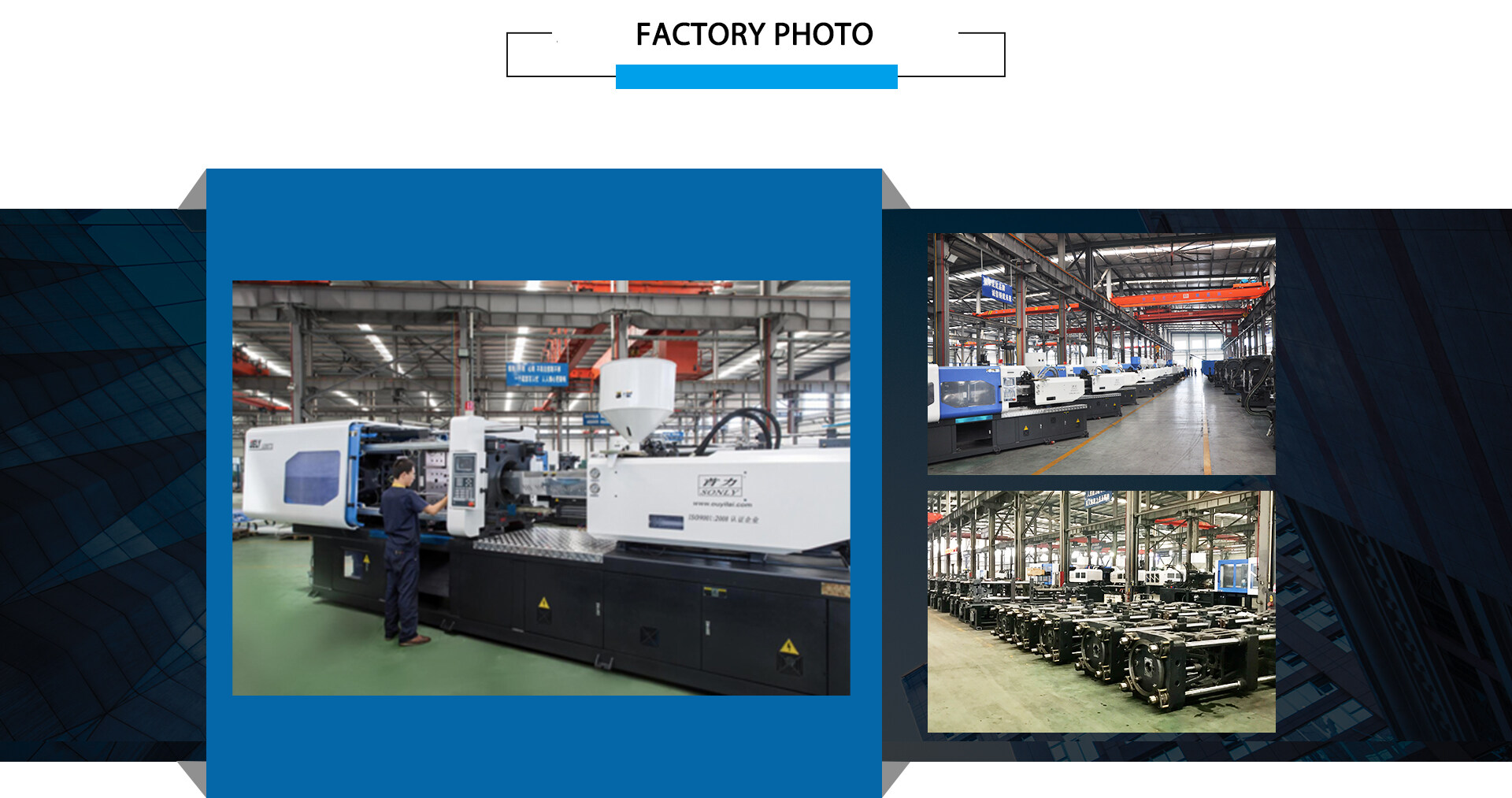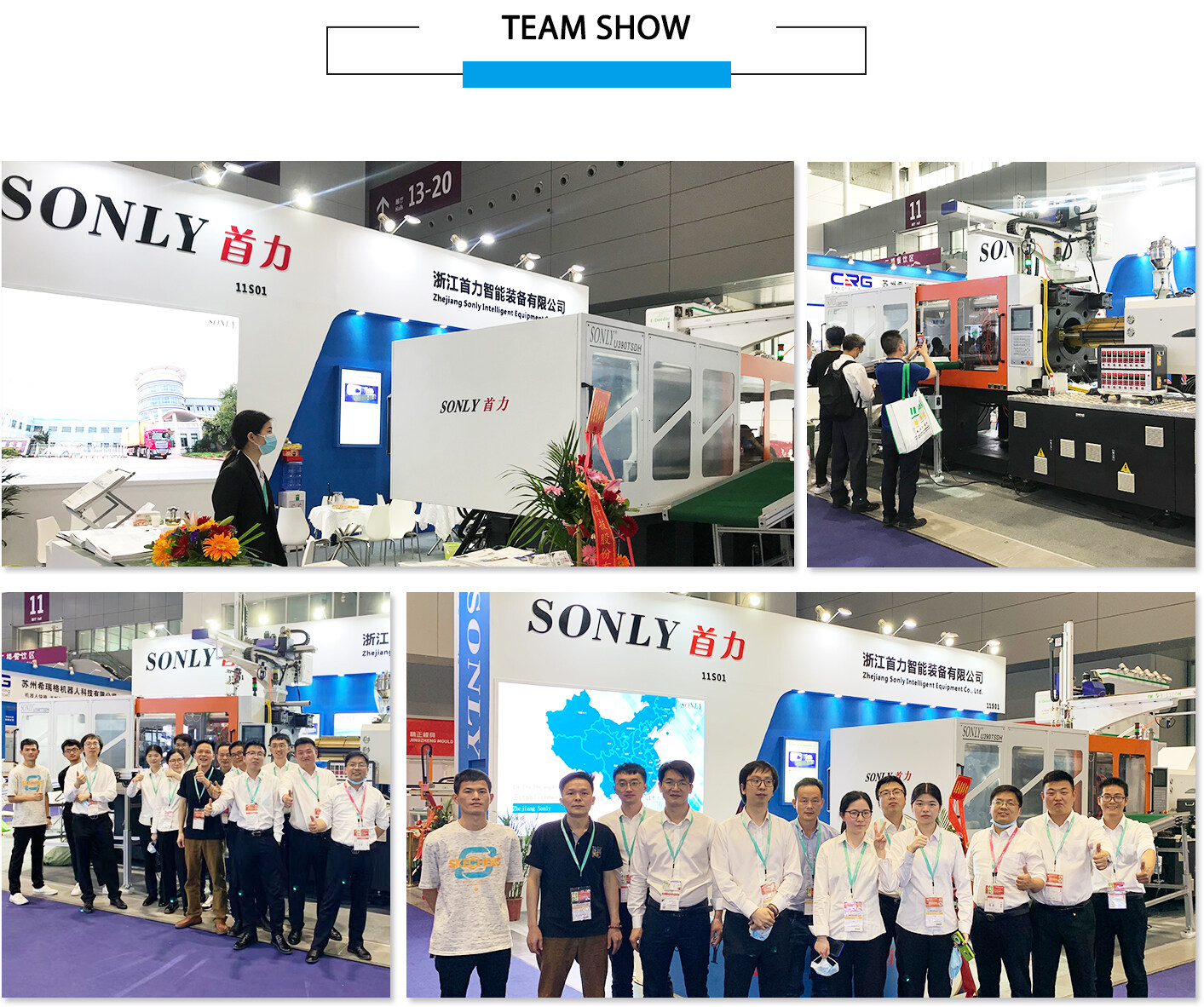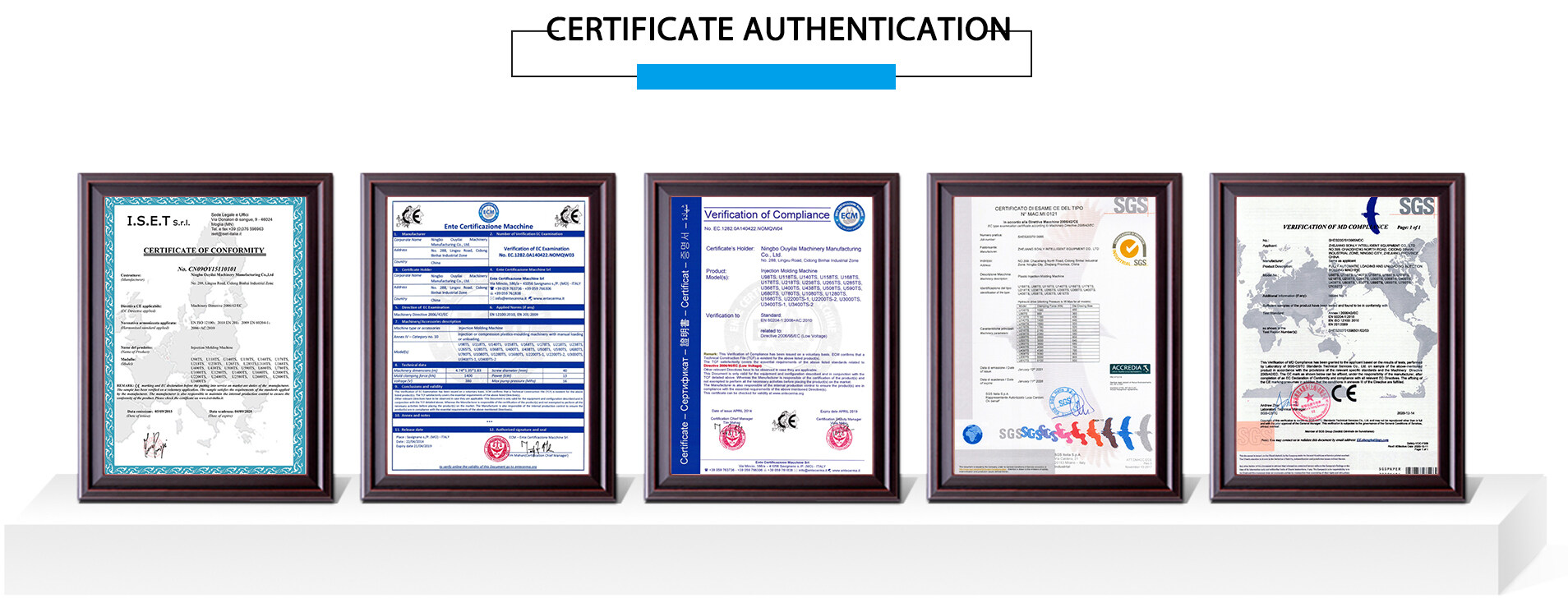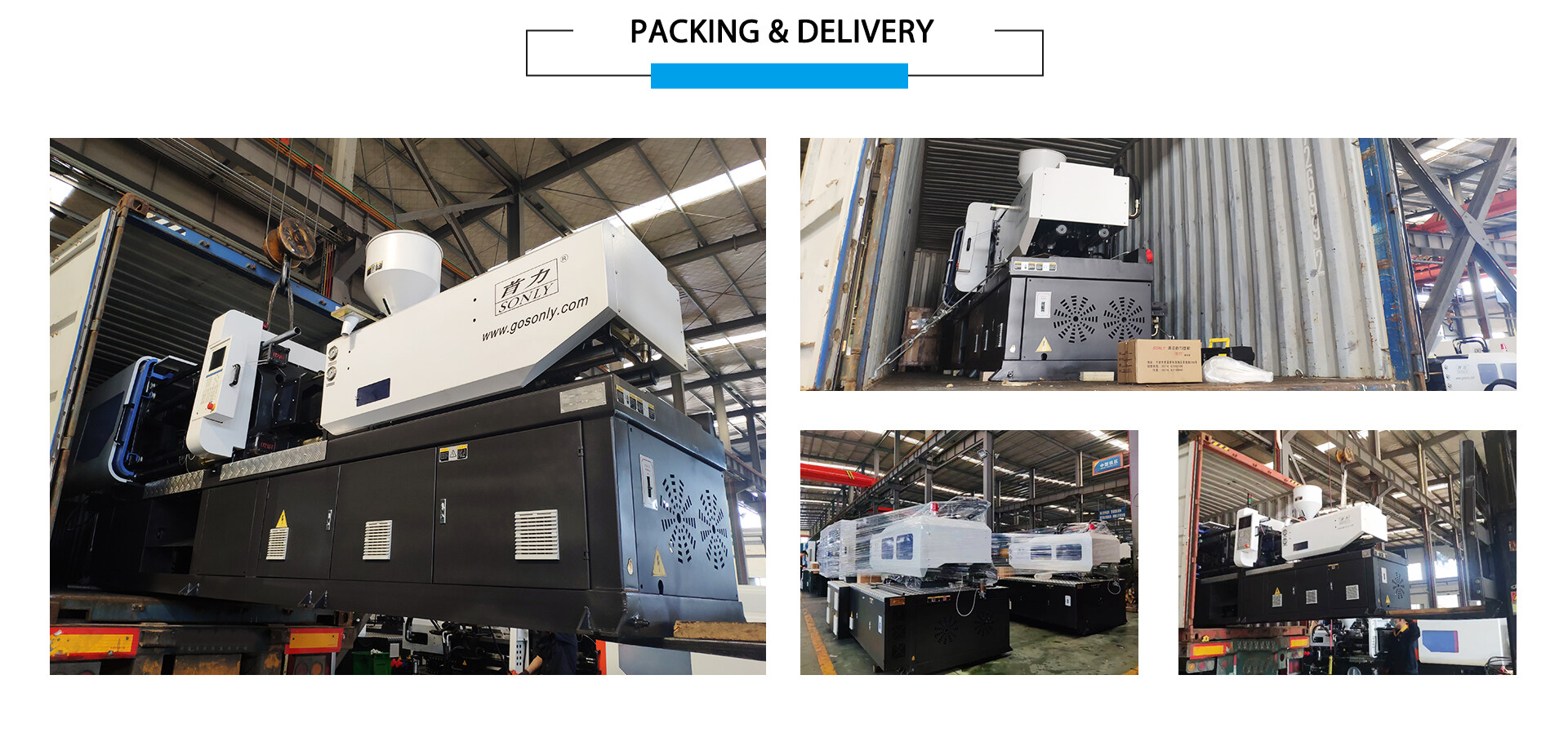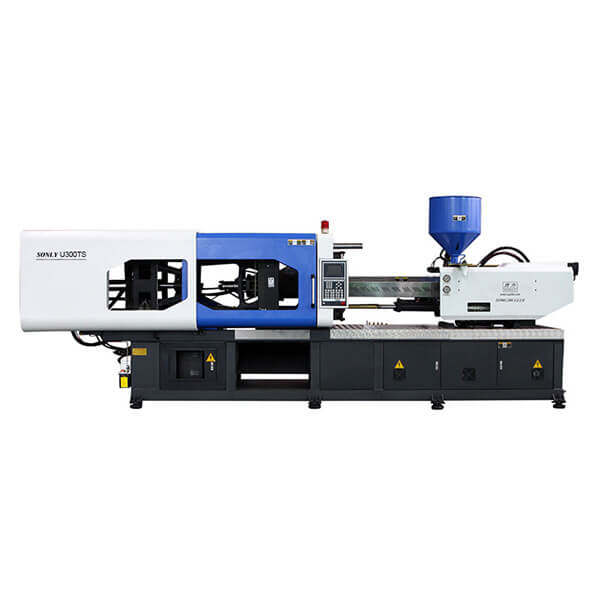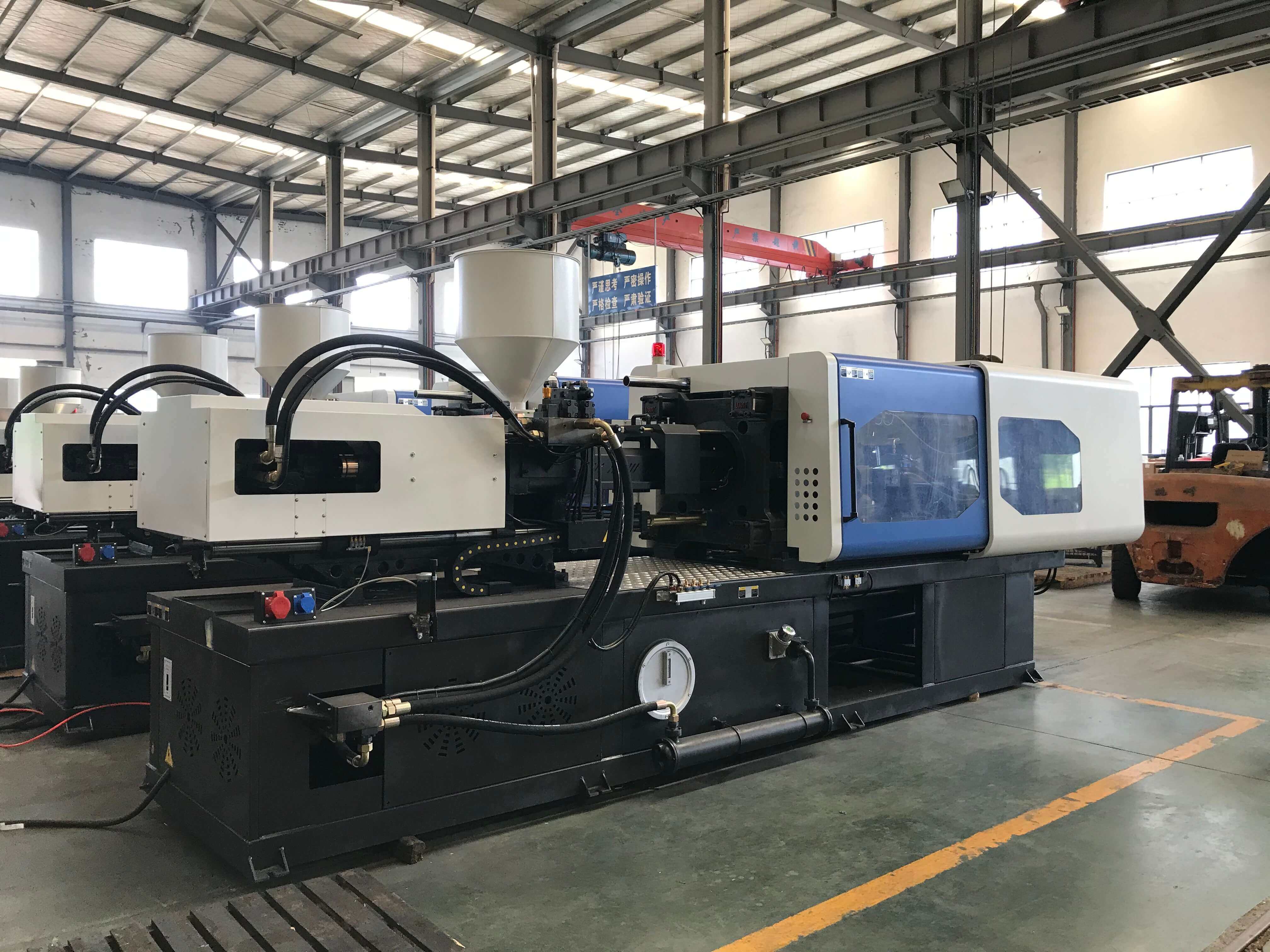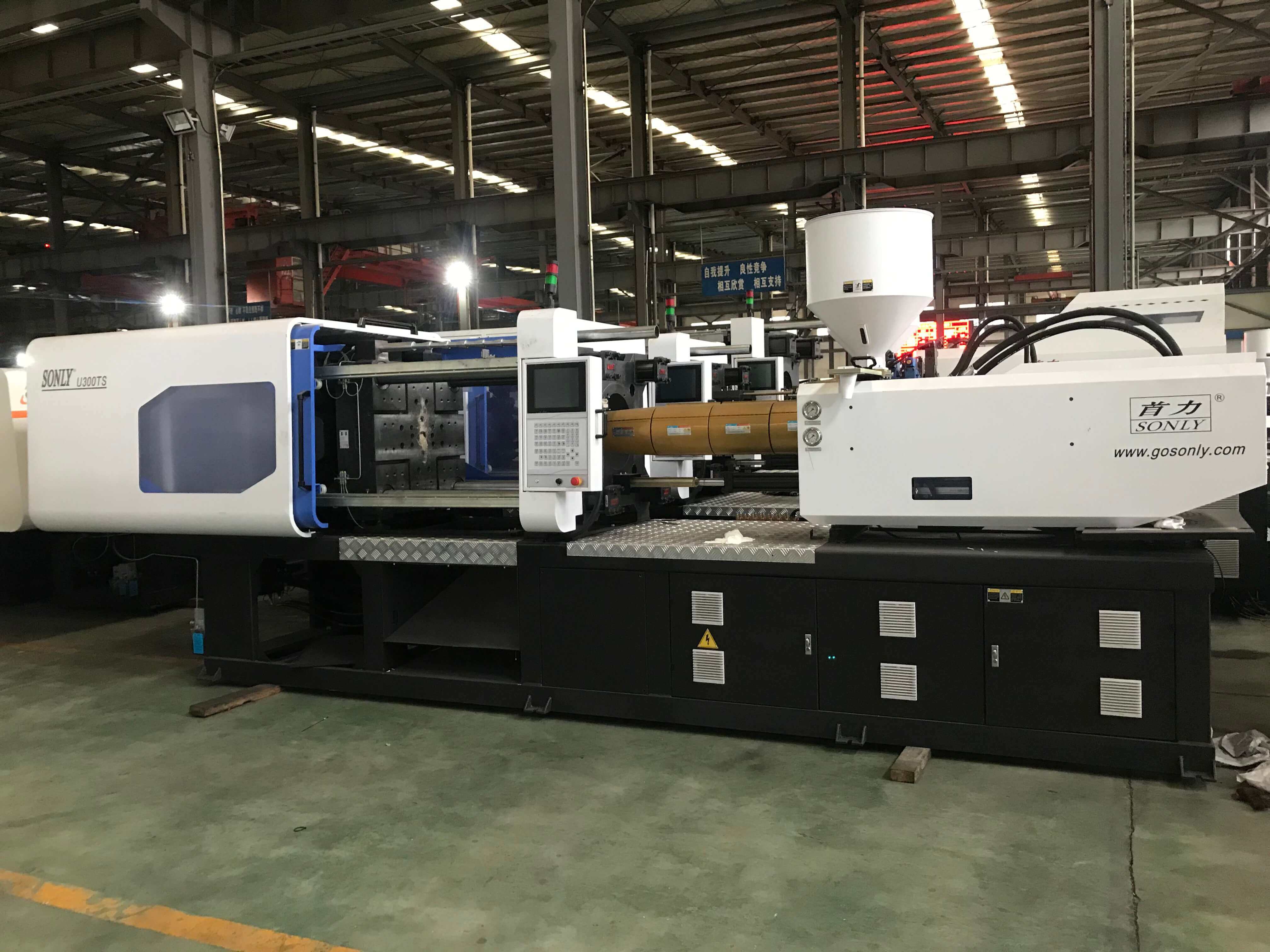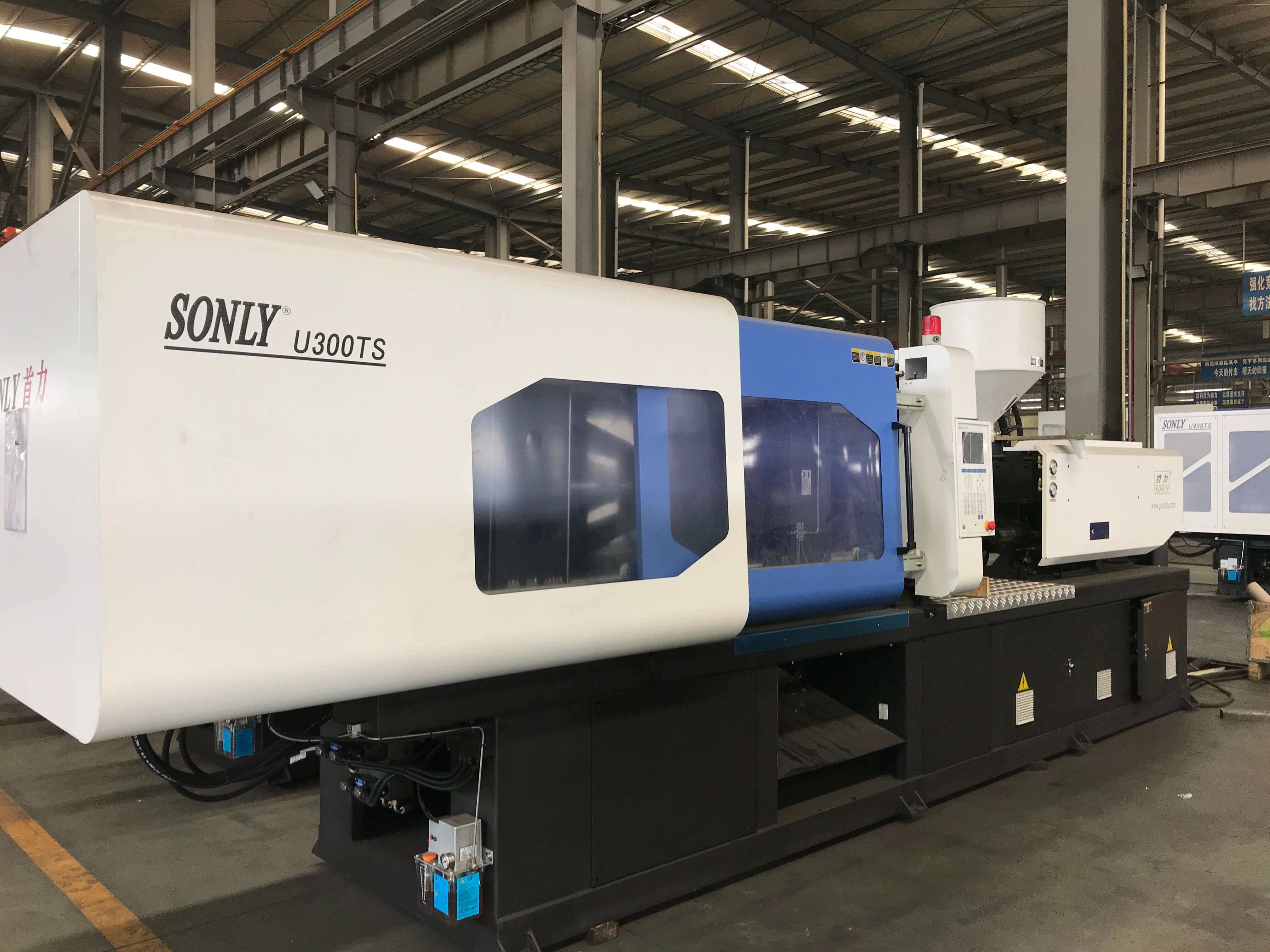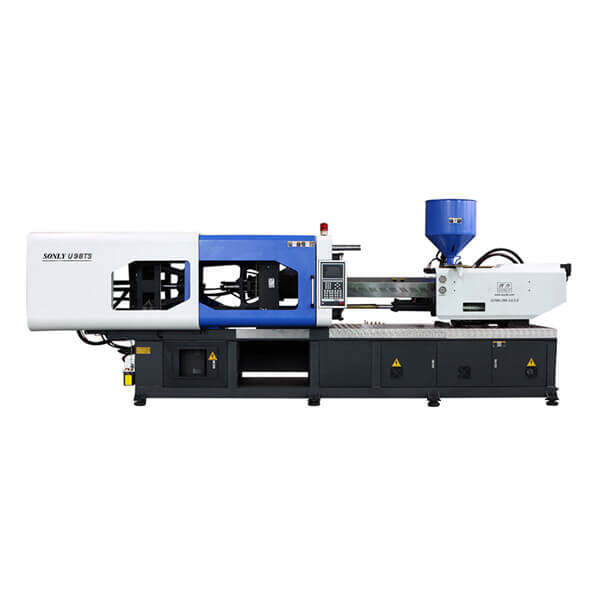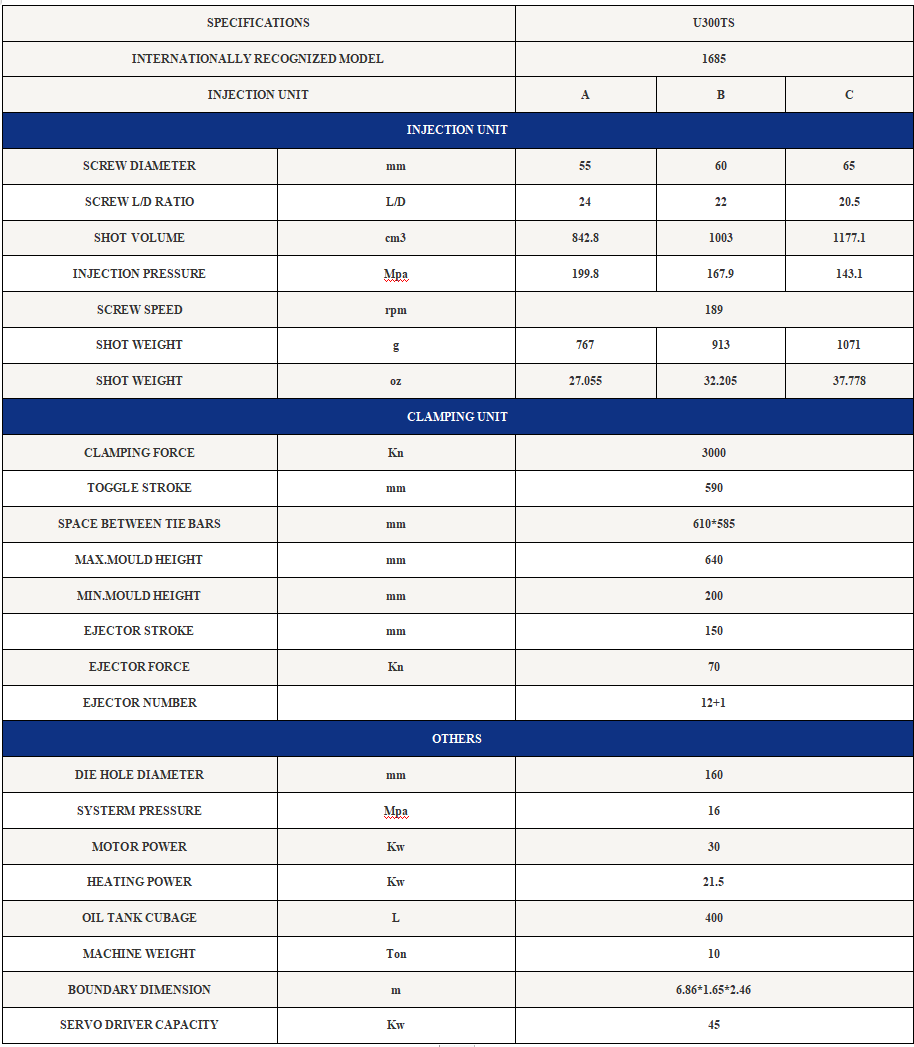What are the factors that affect the service life of the plasticizing components of the injection molding machine?
The plasticizing components of the injection molding machine, here refers to: screw, glue barrel, glue head, glue ring, glue washer. When the injection molding machine is working, the plasticizing component is like the wheel of a motor vehicle. As long as it is started, it will be subjected to pressure, impact, friction and extrusion. For the same tires, driving on smooth roads and skilled drivers can often extend the life of the tires. And often driving on uneven roads with more gravel and frequent emergency braking actions, the pattern of the tire tread is quickly ground and scrapped.
Therefore, to ensure that the injection molding machine is always in good condition, it is necessary to clarify the performance of the injection molding machine used, understand the performance and quality of the plastic materials used, and strengthen the management of the use of the injection molding machine, so as to reduce the failure rate, reduce maintenance costs, and extend the purpose of service life.
Generally speaking, the service life of the plasticizing system that affects the injection molding machine has the following aspects:
1. Mechanical wear
Some modified plastics are added with minerals, glass fibers, metal powder, etc. The existence of these materials will cause uniform mechanical wear to the screw, three small parts and melt cylinders over time during the plasticization and injection processing. Nitride and chrome plating can be removed. After wear, the gap between the screw and the melt barrel increases, which reduces the plasticizing effect, increases the leakage of injection molding, reduces the injection molding efficiency, and reduces the processing accuracy.
Therefore, in order to reduce wear as much as possible and prolong the service life of plasticizing components, the temperature should be appropriately increased and the screw speed should be reduced during processing. Choose chrome plating or use a bimetallic solution to prevent wear more effectively.
2. Mechanical fatigue and overload operation
The adjustment personnel habitually set low temperature work,or habitually set high speed and high pressure work, which gradually deteriorates the performance of plasticizing components. For example, when processing PC and PA plastics, when the temperature does not meet the requirements, the plastic viscosity is very large. If the sol action is forced at this time, the sol pressure must be increased, and the sol torque must be increased, thus increasing the stress fatigue of the screw.
At the same time, because the viscosity of the plastic melt is very high at this time, the injection pressure and injection speed must be increased for injection molding, which increases the impact and load of the three small parts, and accelerates their wear and stress fracture.
3. Human factors (including operational errors or illegal operations, etc.)
(1) When metal impurities are mixed in the plastic and enter the melt cylinder together, due to the extrusion action, the screw ribs, screw grooves, rubber rings and rubber gaskets of the screw will be worn to varying degrees, resulting in unstable injection molding and easy processing. produce black spots and black streaks;
(2) Artificially adding wrong plastic, adding high-temperature plastic to the melt barrel set to low temperature, resulting in excessive torque of the screw during the sol, causing stress fatigue of the screw;
(3) Cold start is a kind of anxious and irresponsible work attitude. When the temperature of the sol cylinder does not reach the set required temperature or just reaches it, the outer layer of the residual material in the material tube absorbs the heat from the heating ring to make the temperature higher, while the inner layer temperature is still very low. Therefore, during cold start The torque of the screw is very large, which causes the screw to produce stress fatigue. In severe cases, the screw will be broken quickly, and the rubber head and the rubber ring will be broken. Most of the metal impurities entering the sol cylinder are brought in together with the crushed material.
Therefore, the damage of the blades of the crusher should be checked frequently, and if the blades are found to be worn, they should be replaced immediately. On the other hand, the magnets in the blanking hopper should be checked frequently. When the metal filings adsorbed around the magnet are saturated, the adsorption force for the iron filings on the outer layer will be weakened.
Main Features:
One.The Lock Section
1.Arch template, effectively protects the mould, especially suitable for big template with small mold.
2.The electric ruler is installed on the crosshead, the position is more precise.
3.The front connecting rod uses connected structure, increases the rod strength, and easy for assembly
4.The connected tail-board stills itself with big lock shaft, improves tail-board strength, and ensures zero abrasion of the tail-board, easy for maintenance.
5.Connected movable plate, improves its rigidity and reduces deformation
6.Connected thrust bearing, improves its strength and stills itself with small lock shaft, ensures zero abrasion.
7.Arch template fully complies with mechanical property, largely improves template strength.
8.More reasonable toggle design, speeds and stabilizes mold opening and closing.
9.Adjustable movable plate mounting plate, makes the installation easier.
10.Mixed design of T-shape groove and die hole, increases universality of the mold.
Two.The Injection Section.
1.Bridge type support, improves injection smoothness.
2.Longer length-diameter ratio screw design, improves plasticizing effect.
3.Double seal structure, ensures no oil leakage.
4.Withhold type press plate, easy for debugging and assembly.
5.Bijection structure, improves stability.
